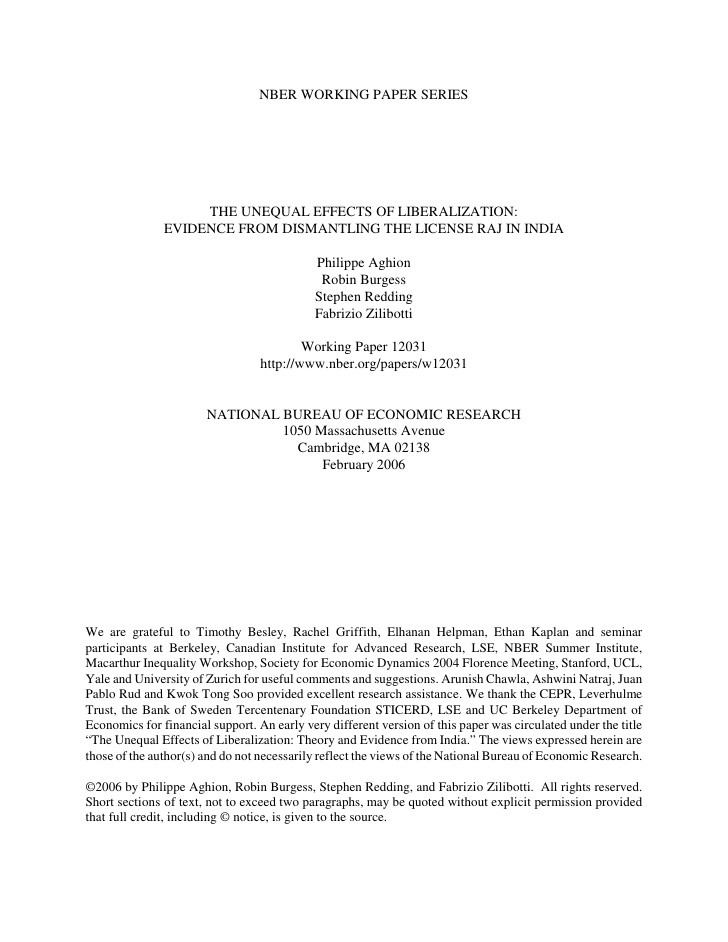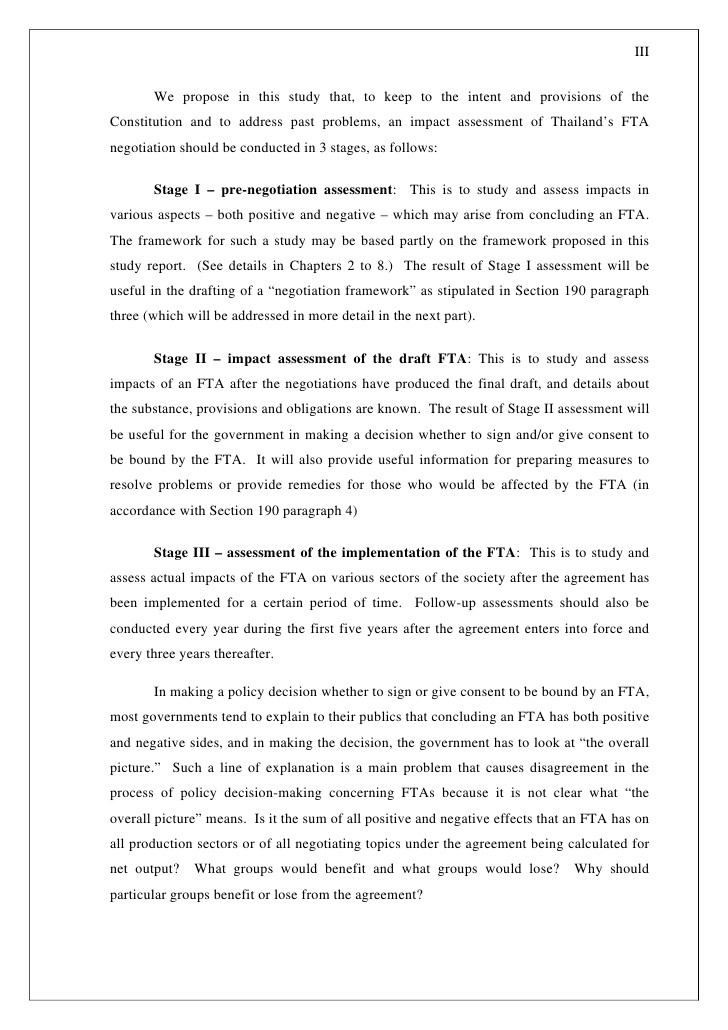5 Economic Effects Of Country Liberalization_1
Post on: 16 Март, 2015 No Comment

Globalization means the coming together of different societies and economies via cross border flow of ideas, finances, capital, information, technologies, goods and services. The cross border assimilation can be social, economic, cultural, or political. But most of the people fear cultural and social assimilation as they believe this would have a negative impact on the existing culture of their society. Globalization therefore has mostly narrowed down to economic integration and this mainly happens through three channels; flow of finance, trade of goods and services and capital movement.
Globalization is a term that includes a wide range of social and economic variations. It encompasses topics like the cultural changes, economics, finance trends, and global market expansion. There are positive and negative effects of globalization — it all comes as a package. Globalization helps in creating new markets and wealth, at the same time it is responsible for extensive suffering, disorder, and unrest. The great financial crisis that just happened is the biggest example of how negative globalization can turn. It clearly reveals the dangers of an unstable, deregulated, global economy. At the same time, this gave rise to important global initiatives, striving towards betterment. Globalization is a factor responsible for both repression and the social boom.
What happens when there is a growing integration of economies across the globe? Majorly there have been positive impacts of this global phenomenon — through liberalization, privatization and globalization (LPG). Due to globalization, there has been significant flow of inward foreign direct investment. MNC companies are getting a chance to explore various different markets across economies and explore the untapped potential.
Globalization in India
Globalization has had a huge impact on the Indian economy. Globalization affected the Indian economy both positively and negatively.
India’s economy opened up during the early nineties. The policy measures on the domestic front demanded that there was a requirement of multinational organizations to set up their offices here. The market became more open and the economy started responding to the external (global) market. The direct impact of globalization was directly seen on the GDP of the country which increased significantly.
The liberalization of the Indian economy along with globalization helped the country to step up its GDP growth rate considerably. The GDP growth rate picked up instantly from 5.6 percent in 1990-91 to 77.8 percent in 1996-97. Since then the growth rate did manage to slump down due to drought and other factors but the country still managed to survive in the rat race and maintained a GDP growth of about 5 to 6 percent. Today India is regarded as being the one of the fastest developing countries just after China.
Globalization has also played a major role in generating employment opportunities in India. After liberalization in the 1990s, the scenario of employment in India has witnessed a phenomenal change. Cities like Bangalore, Delhi, Mumbai and Chennai provide employment to a chunk of the Indian population since it is in these cities only that most foreign companies have set up their operations.
Impact of Globalization
It was in July 1991, when foreign currency reserves had tumbled down to almost $1 billion; inflation was at a soaring high of 17%, highest level of fiscal deficit, and foreign investors loosing confidence in Indian Economy. With all these coupling factors, capital was on the verge of flying out of the country and we were on the brink of become loan defaulters. It was at this time that with so many bottlenecks at bay, a complete overhauling of the economic system was required. Policies and programs changed accordingly. This was the best time for us to realize the importance of globalization.
India welcomed globalization with open arms, the result of which can be seen clearly. India’s Export and Imports have grown significantly over the last two decades. Quite a large number of Indian companies have made a reputation for themselves on the global scenario. India has become a one a stop destination for many services specially related to IT and IT support.
Measures of Globalization
- Devaluation: The first initiative towards globalization had been taken the moment there was an announcement of devaluating the Indian currency by a hoping 18-19% against all the major global currencies. This was a major initiative in the international foreign exchange arena. The Balance of payment crisis could also be resolved by this measure.

Disadvantages of Globalization
Along with its many benefits globalization also comes with some negative effects. One of the major concerns of globalization is that it leads to unequal distribution of income within the country, the second fear is that globalization hampers the domestic policies of the country, Globalization also increases the risk of spreading of communicable diseases, monopoly can also set in with globalization and lastly outsourcing of jobs to the developing nations only results in the loss of jobs for the developed nations.
Is globalization delivering all the desired results to the masses? Or only a few can feel the benefits of globalization ?Figures have out rightly proved that the global average per capita income showed a strong surge throughout the 20th century but the income gap between rich and poor countries have not been bridged for many decades now. The ultimate inference being that globalization hasn’t shown positive results.
Last Updated on 1/9/2012














